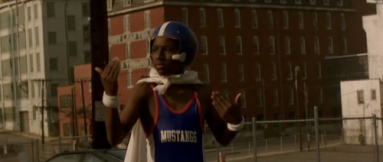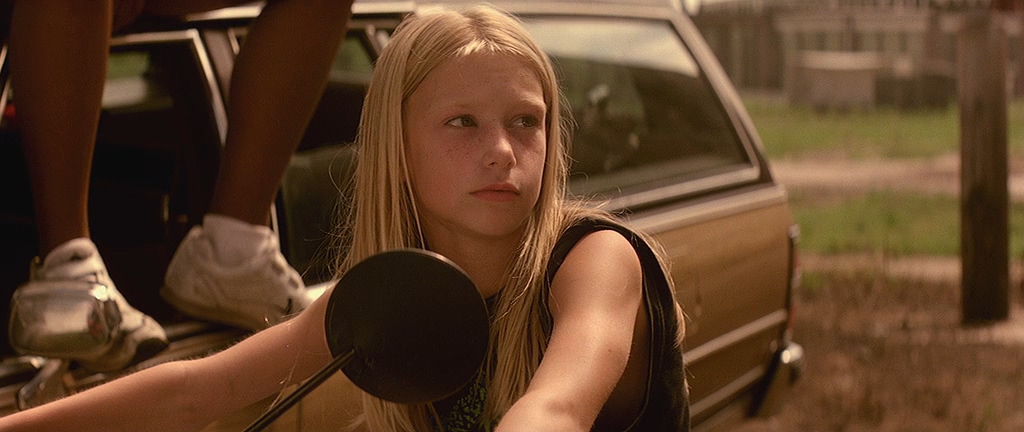From Film Comment, September-October 2000.
GEORGE WASHINGTON David Gordon Green, U.S.A., 2000
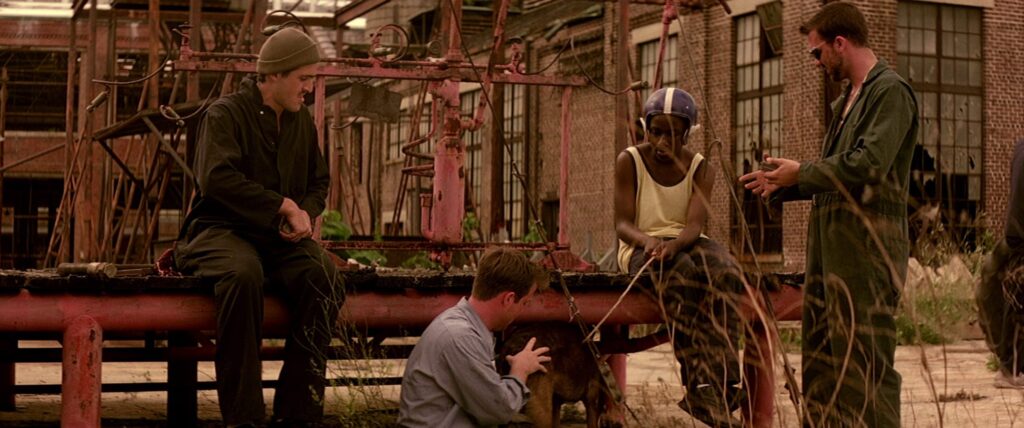
“A Terrence Malick rethink of Gummo “? That’s how one reviewer celebrated the curious first feature of 24-year-old David Gordon Green, a Texas-born independent, when it premiered at Berlin — a grim reminder of how closely critics can resemble both publicists and aspiring filmmakers pitching their projects to producers. If we assume that the audience is so jaded it merely wants to mix and match what it already knows, then it’s a logical (if unflattering) label for something new. Or if one’s simply stymied by the challenge of describing a fresh sensibility, some familiar points of comparison are perhaps inevitable. (For me, it would be Thomas Pynchon’s plaintive boys’ tale, “The Secret Integration”, despite some telling differences in class and regional setting.) But the fact is, whatever Green’s misjudgments — starting with the movie’s misleading title and ending with a kid’s cutesy/ unlikely list of favorite heroes for an offscreen shrink — the writer-director should mainly be credited with making nobody’s mistakes but his own.
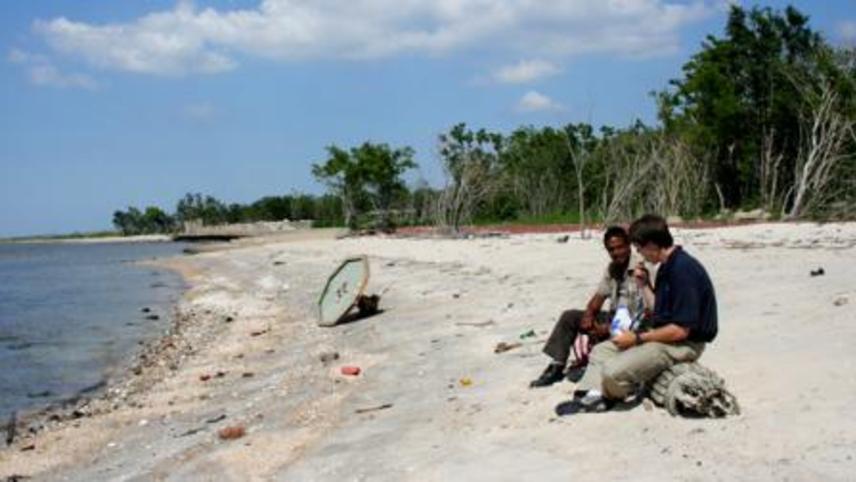
One can see the sort of thing that prompted the wisecrack: Malick’s poetic Americana and adolescent female narrators, Gummo as a Southern working-class geek festival featuring the wanton murder of pets. George Washington boasts a twelve-year-old black girl named Nasia (Candace Evanoski) as narrator, poetic slow-motion, a dog killed off by her boyfriend’s embittered uncle Damascas (Eddie Rouse) for no good reason (“I just want you to know that dogs scare me….”), and a racially mixed cast of characters, working-class and Southern. Most of the kids are black — including the title hero (Donald Holden), whose actual name is George Richardson and who intends to become the President of the United States, despite the fact that his father is in jail; most of the young men who work in the nearby railroad yard are white.
But I’d rather concentrate on some of the weirder and less accountable traits of this episodic movie –- such as the fact that it’s beautifully filmed in ‘Scope, is fascinated by ruins and junkyards (and comparatively so stingy with domestic interiors that it never shows us a TV set), and presents childhood as being at once so fragile and so monumental that we can only look at it from a fearful distance. Most of all, I’d like to try address why it may be the first American film I’ve seen in the year and a half since the teenage killings at Columbine High School that begins to address what happened there and why.
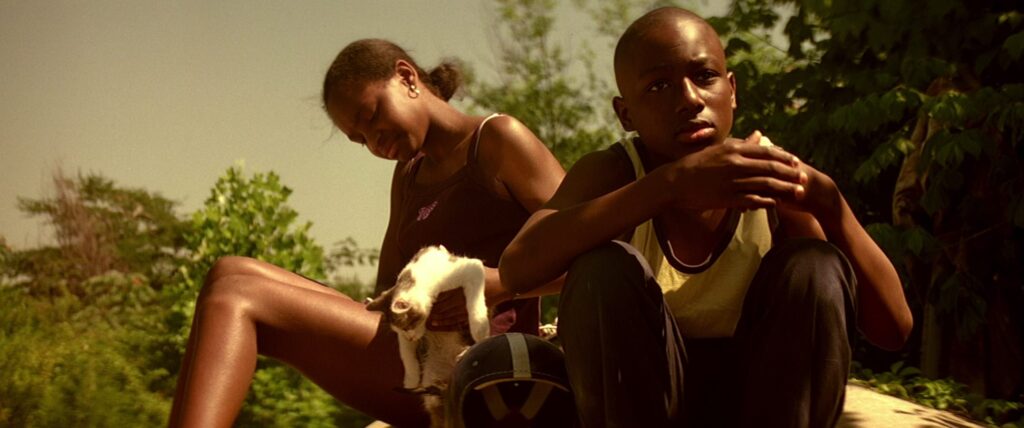
I’m not suggesting that Columbine is part of Green’s agenda — only that he’s sufficiently well versed in the implicit despair of his young characters and the ethical drift and freefall they experience in their broken world to give us a plausible route into that mystery. (Adults are even more peripheral here than in The Virgin Suicides, but the messes they make are visible everywhere.) When the movie opens, Nasia is splitting up with bespectacled 13-year-old Budd (Curtis Cotton III, my favorite in the singular cast) for acting like a kid (“You’re a little eight-year-old running around being goofy. I just can’t stand it anymore”) — even though he speaks like an adult, especially when describing his shell shocked mother. Nasia hooks up with twelve-year-old George, whose head is so soft he has to wear a helmet, and so dry he can’t get it wet without risking his life. But how hooked up they actually are remains vague: Nasia seems smitten with his mythomania more than his presence, and appears to prefer the company of an anti-male girlfriend. Meanwhile George nearly dies after saving a white boy from drowning, after which he goes around in a superhero suit, directing traffic. The one who actually dies, in an innocent bathroom scuffle, is Buddy, and his friends wind up hiding his body because they’re afraid to talk. (Sonya, the youngest, can’t even cry – though she runs off with Vernon, the oldest, in a stolen car.)
I’m puzzled by several things in this movie – especially the solitary date that gratuitously appears on the screen at one point (“the 1st of July” – although the story, such as it is, culminates on the 4th). There are plenty of times, for that matter, when eccentricity and clumsiness, eloquence and obscurity, are made to seem like opposite sides of the same coin. But Green is feeling his way into tender territory – the country of grief-stricken adolescence, whose guides (like Tarkington and Salinger) tend to be more upscale, more protected from death and violence, and less prone to wander through the junk-strewn refuse of a dingy, desperate Southern backwater.
Jonathan Rosenbaum


